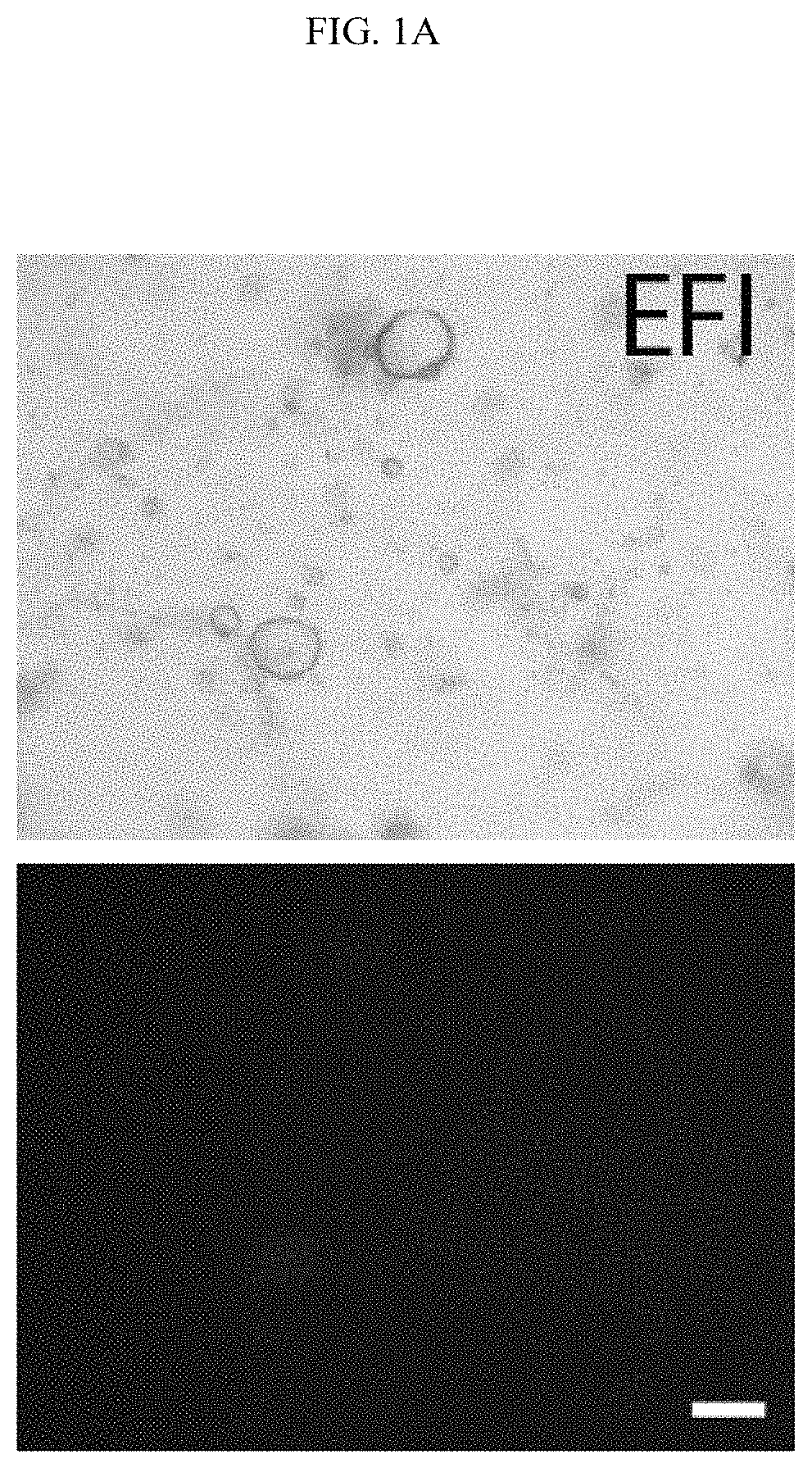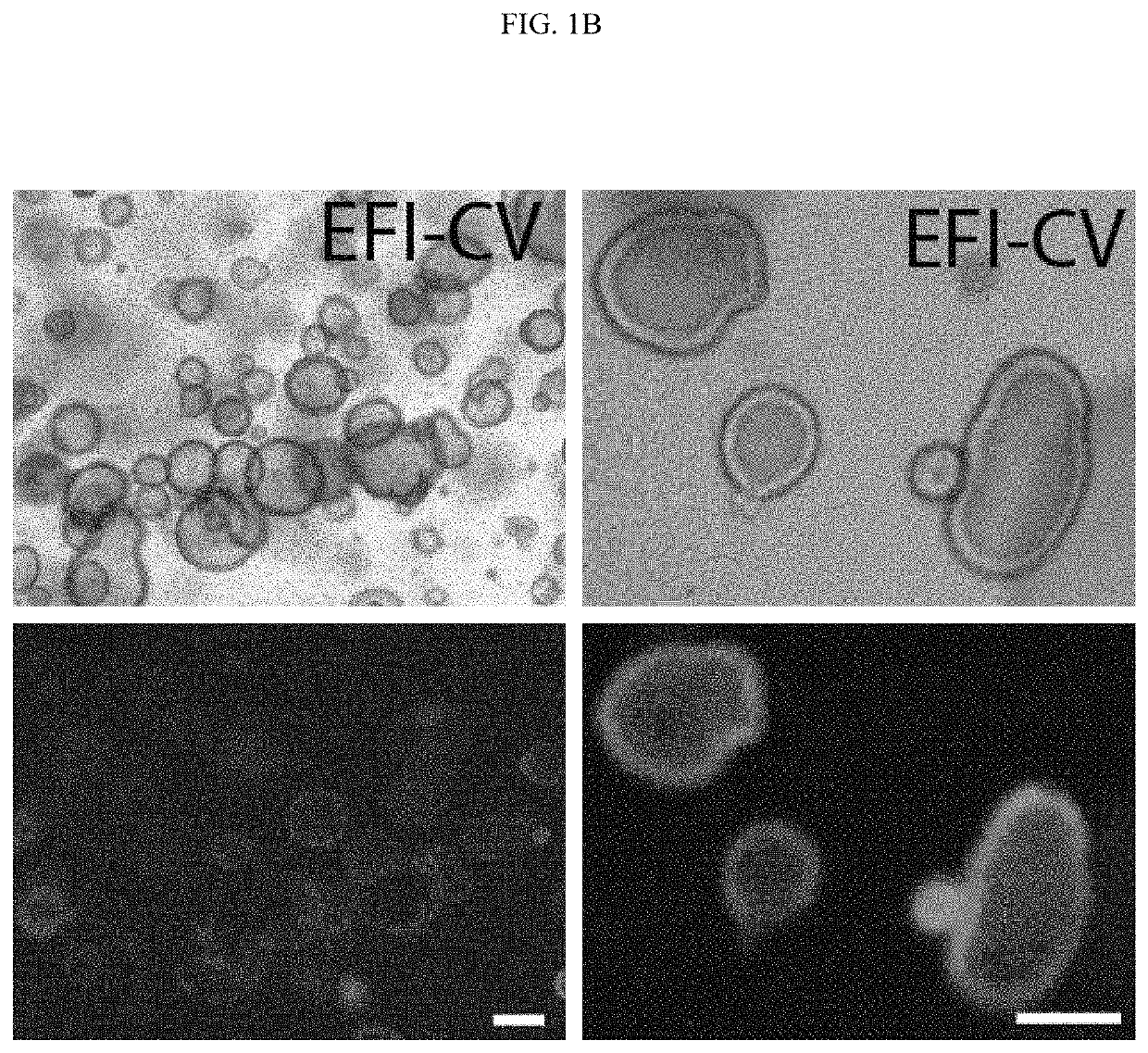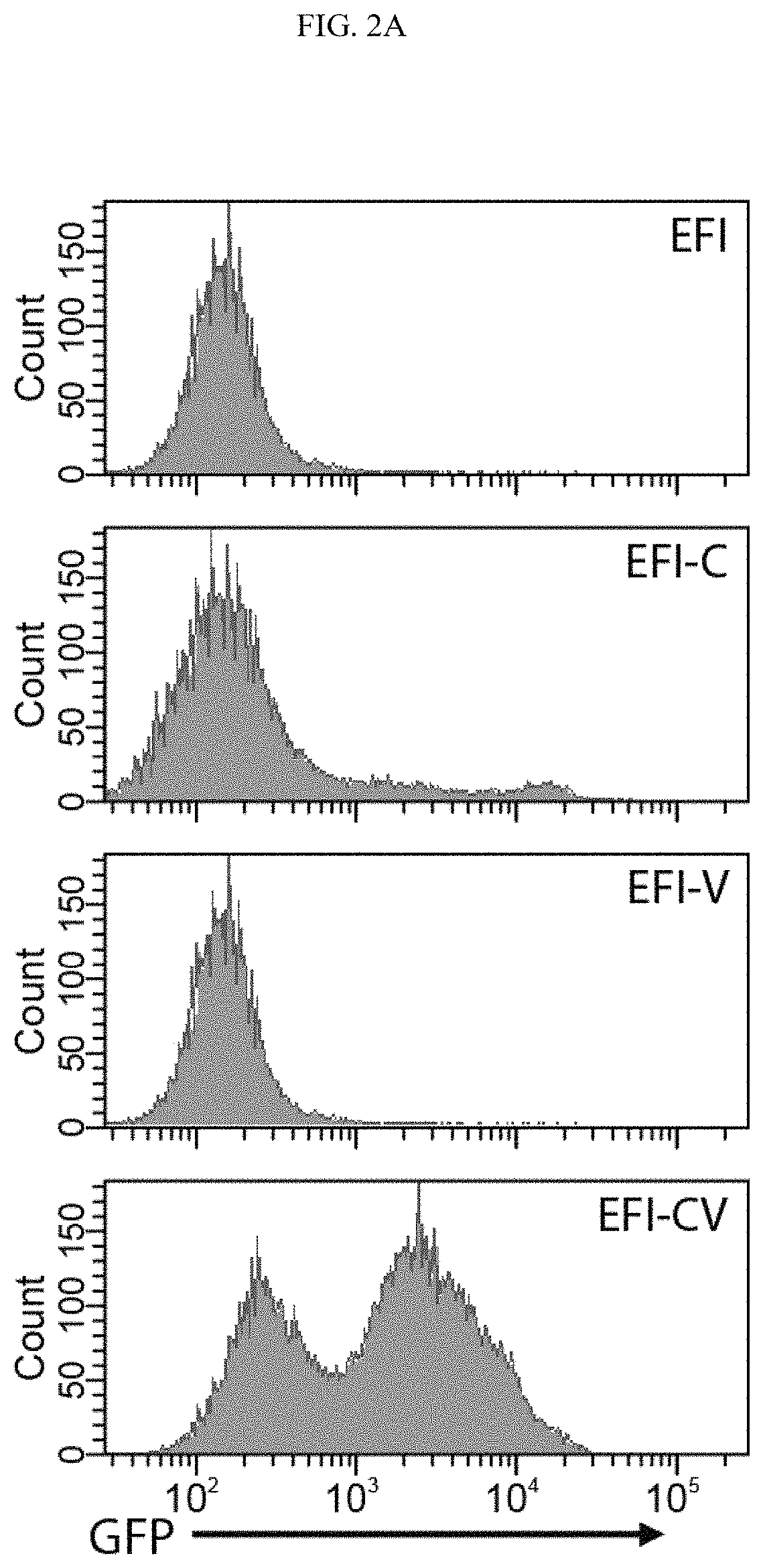Compositions, systems, and methods for generating inner ear hair cells for treatment of hearing loss
a technology of hair cells, which is applied in the field of compositions, systems and methods for generating inner ear hair cells for hearing loss treatment, can solve the problems of potential exhaustion of stem cell pool, lack of mother cells having the capacity to divide into hair cells, etc., and achieves controlled regeneration of hair cells, inhibit cochlear function, and increase the fraction of cells in the population
- Summary
- Abstract
- Description
- Claims
- Application Information
AI Technical Summary
Benefits of technology
Problems solved by technology
Method used
Image
Examples
embodiment 1
1A. The method of embodiment 1 wherein the stem cell population is an in vitro stem cell population.
1B. The method of embodiment 1 wherein the stem cell population is an ex vivo stem cell population.
1C. The method of embodiment 1 wherein the stem cell population is an in vivo stem cell population.
1D. The method of embodiment 1 wherein the stem cell population is an in vivo stem cell population comprised by a subject and the first composition is administered to the stem cell population by administration of the first composition to the subject.
1E. The method of any of the preceding embodiments wherein the first composition comprises a Wnt agonist.
1F. The method of any of the preceding embodiments wherein the first composition comprises a GSK3-beta inhibitor.
1G. The method of any of the preceding embodiments wherein the first composition comprises a notch agonist.
1H. The method of any of the preceding embodiments wherein the first composition comprises a HDAC inhibitor.
1I. The method o...
embodiment 2
3. The method of embodiment 2, wherein the supporting cells are Lgr5+ cells.
4. The method of any of the preceding embodiments, wherein the stem cell population comprises post-natal cells.
5. The method of any of the preceding embodiments, wherein the hair cells are inner ear hair cells.
6. The method of any of the preceding embodiments, wherein the hair cells are outer ear hair cells.
7. The method of any of the preceding embodiments, wherein the administering step comprises administering or causing to be administered to the stem cell population a notch agonist that is also an HDAC inhibitor.
8. The method of any of the preceding embodiments, wherein the administering step comprises administering or causing to be administered to the stem cell population a notch agonist that comprises a synthetic molecule.
9. The method of any of the preceding embodiments, wherein the administering step comprises administering or causing to be administered to the stem cell population VPA (e.g., in a pharm...
embodiment 13
14. The method of embodiment 13, wherein the notch inhibitor comprises DAPT (e.g., in a pharmaceutically acceptable form (e.g., salt)).
15. The method of any of the preceding embodiments, wherein the administering step comprises administering or causing to be administered to the stem cell population: (i) CHIR99021 (e.g., in a pharmaceutically acceptable form (e.g., salt)) and (ii) VPA (e.g., in a pharmaceutically acceptable form (e.g., salt)) (e.g., where (i) comprises CHIR99021 and (ii) comprises VPA).
PUM
 Login to View More
Login to View More Abstract
Description
Claims
Application Information
 Login to View More
Login to View More - R&D
- Intellectual Property
- Life Sciences
- Materials
- Tech Scout
- Unparalleled Data Quality
- Higher Quality Content
- 60% Fewer Hallucinations
Browse by: Latest US Patents, China's latest patents, Technical Efficacy Thesaurus, Application Domain, Technology Topic, Popular Technical Reports.
© 2025 PatSnap. All rights reserved.Legal|Privacy policy|Modern Slavery Act Transparency Statement|Sitemap|About US| Contact US: help@patsnap.com



